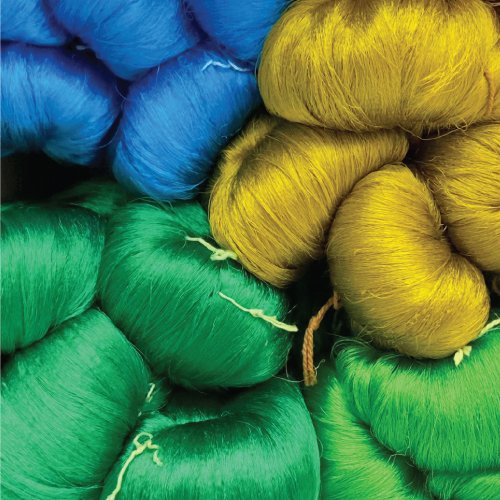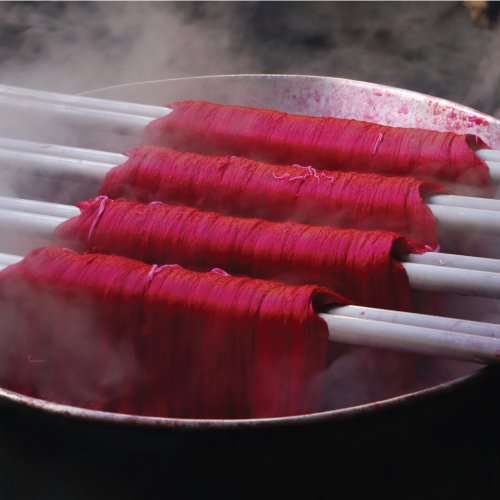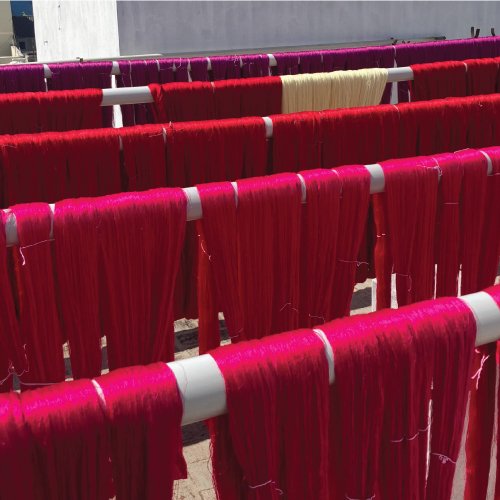Heritage Hues; The Priceless Palettes of Kanjeevaram
When you behold a Kanjeevaram, there are countless components that can catch your eye in an instant. Nevertheless, the unique colours of the kanjeevaram speaks a language of its own, captivating and enchanting the beholder in every way.

India’s affinity for vibrant colours is reflected in every one of its traditional art-forms. Be it the resplendent reds donned by a bride on her wedding day or the deep blacks presented to a new mother during the ‘seemantham’, colour stands as a language of its own. In the weaving of Kanjeevarams, this is translated into captivating colour palettes, many of which are derived from nature. These colours are so unique that they cannot be aptly described by any word in the English vocabulary. With just the colour green, we have variations such as ‘Kili pachai’, a tone which beautifully mimics the vivid green of the parrot, ‘Maanthulir’ which is a blend of red and green taken from the shade of a mango leaf-shoot and the ‘elakkai’ that is a luminous green tinged with yellow inspired from the cardamom. Whether it’s the brilliant amalgamation of blue and green that produces the ‘Mayilkazhuthu’ (Peacock’s Throat) or the endlessly deep purple of the ‘Naaval Pazham’(Java Plum), or the ‘Maampazham’ that imitates the golden yellow of the mango, the Kanjeevaram acts as a silk canvas for these enthralling hues.


While the Kanjeevaram colour palette keeps ever-evolving, adding a variety of different shades and newer combinations, there are a few colours which have emerged as a trademark of the weave. In India, it is almost customary to associate colour with various social connotations and the same goes for Kanjeevarams as well. As in any traditional Indian art-form, the colour ‘red’ is a significant shade. Not only is it visually captivating, but it is also rife with symbolism. The weavers were even tasked with crafting the silks that would be donned by the temple gods and the idols were often draped in silks that were shades of red. With a colour that holds such significance, it is little wonder that so many variations of it exist within the folds of a Kanjeevaram. Take the ‘arakku’ which is a unique colour that converges the shades of red and maroon and is so delightfully distinctive, it is a popular choice for bridal silks. The sheer beauty of the many hues that the Kanjeevaram showcases cannot be contained within words alone. These colours come together to compose visual poetry unlike any other.
